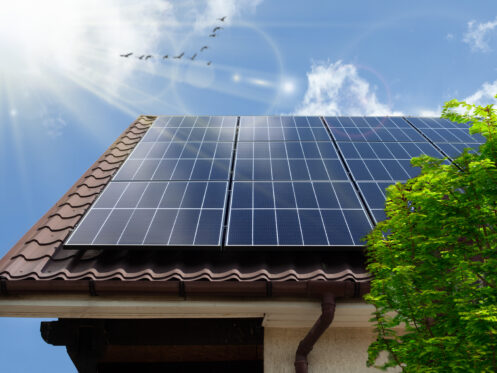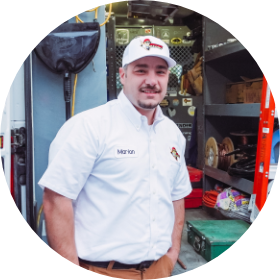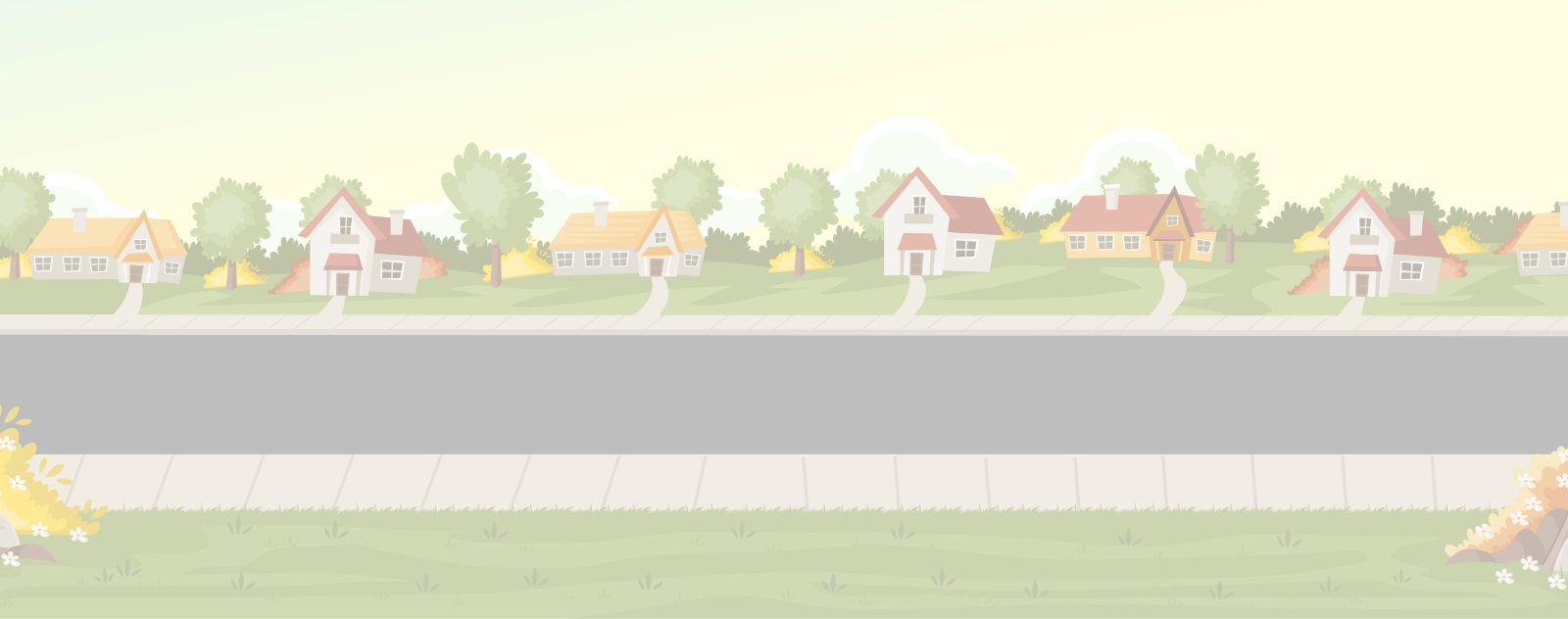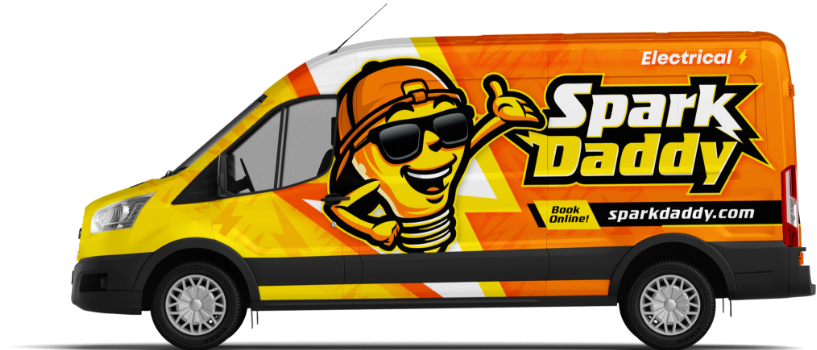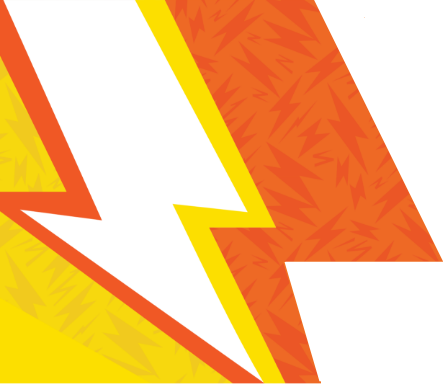If you are eager to reduce your carbon footprint, cut energy bills, and gain a little more independence from the grid, the shift to renewables can be immensely rewarding. Understanding the suite of renewable options available is the first step in this energy evolution. Here’s a walkthrough of some of the most popular renewable energy choices for residential properties, examining their working principles, practical benefits, and what to consider before making the switch.
Solar Power
The sun is the greatest source of energy on Earth. In fact, it is the original source of most of the other renewable energy options. Solar power technology harnesses sun rays and converts them into electricity, which you can use for just about anything you would use grid electricity for.
How Solar Power Works
There are two primary technologies for converting solar energy into electricity: photovoltaic (PV) and concentrated solar power (CSP). PV systems use panels made up of multiple smaller cells composed of silicon and other semiconductors that absorb sunlight and generate electricity. The surface material of PV cells reacts to sunlight by freeing electrons from atoms, producing electricity as a result.
In contrast, CSP uses mirrors and lenses to concentrate sunlight onto a small area, where it is converted into heat or electricity. This technology is typically used for larger-scale projects, such as utility-scale solar power plants.
Factors to Think About When Investing in Solar Energy
The primary and most evident factor to consider is the location from which you intend to harvest solar energy. Many homeowners find roof-mounted solar panels the most convenient, but they should be unobstructed and south-facing to maximize sunlight exposure. If your property lacks a suitable rooftop, explore options like building-integrated photovoltaics (BIPV) or ground-mounted solar panels.
You should also consider the material you used for your roof. The general rule of thumb is that it should outlast the panels, which typically have a lifespan of 25 years or more. Asphalt shingle, metal, or tile roofs are preferred, but you should consult with us to determine the best option for your specific situation.
Additionally, it is essential to factor in local climate conditions when investing in solar energy. While solar panels can function in various weather conditions, they may perform better or worse depending on factors such as temperature, humidity, and cloud cover. You may need to adjust your expectations for energy production based on these variables.
Lastly, consider the size of your household and its energy needs. A larger home with more occupants will require a larger solar panel system (with bigger batteries) to meet energy demands.
Wind Power
If you live in an area blessed with strong, consistent winds or enough open space to allow for tall, unobstructed turbines, wind power is another viable option for clean energy. You can capture the energy of moving air and convert it to electricity through the use of wind turbines.
How It Works
Wind turbines have three crucial parts: rotor blades, shaft, and generator. The blades are essentially barriers that wind must push against to create rotational motion that turns the rotor located just behind them. The rotor, in turn, spins a shaft connected to a generator that converts the mechanical energy into electrical energy.
Types of Wind Turbines
There are two main types of modern wind turbines you can install for your home: horizontal axis wind turbines (HAWTs) and vertical axis wind turbines (VAWTs). HAWTs look like giant propellers on a tall tower. The blades spin around a horizontal axis, which is parallel to the ground. The wind blowing past the blades creates lift (just like an airplane wing) and drives them around.
HAWTs are preferred today because they capture a lot of wind energy and are great at high altitudes. They are also relatively inexpensive to manufacture and maintain.
VAWTs are vertical wind turbines, and their blades rotate around a central axis perpendicular to the ground. These types of turbines are typically smaller in size and can operate at lower wind speeds than HAWTs.
Unlike HAWTs, VAWTs need a little boost from their electrical system to start spinning. It uses guy wires for support and can be placed closer together in an array, which makes them more suitable for urban environments.
Wind Energy Output
The amount of energy that a wind turbine can produce is determined by several factors, including the size and type of turbine, the wind speed at its location, and the capacity of its generator. The electrical output of a wind turbine is measured in watts or kilowatts, which represents the amount of energy produced in a specific period. On average, a small home wind turbine can produce around 2-10 kW of electricity per day. This is enough to power essential household appliances such as lights, computers, and refrigerators.
Hydropower
Hydropower, harnessing the energy of moving water to generate electricity, might conjure images of massive dams and power plants but can also be on a much smaller scale. Micro-hydropower systems, for example, use small generators to produce energy from streams and rivers. These systems can provide electricity to homes, farms, or even entire communities in remote areas where traditional power sources may not be available.
Just as with wind power, hydropower converts kinetic energy into electrical energy. The water’s movement causes a turbine to spin, which drives a generator that produces electricity. Unlike wind turbines, hydropower systems can operate consistently and predictably as long as there is sufficient water flow. However, the amount of electricity generated depends on the volume and speed of the water flow.
Hybrid Solar/Wind Electric Systems
Hybrid solar/wind electric systems combine the strengths of solar photovoltaic (PV) panels and wind turbines to generate electricity. This dual approach offers a more consistent and reliable energy supply than either technology alone, as it accounts for variations in weather and seasonal changes. Solar panels harvest energy from the sun’s rays, while wind turbines convert the kinetic energy in the wind into electrical power. On cloudy or windless days, homeowners can rely on battery storage systems or grid connectivity to ensure a continuous energy supply.
Considerations for Hybrid Systems
While the allure of hybrid systems is clear, a successful installation requires careful planning and consideration. Your first major consideration would be the site of installation. Evaluate the average wind speeds, assess solar exposure, and ensure no obstructions such as trees or tall buildings could impede wind turbine performance.
Next, select the right components to ensure optimal performance and longevity of your system. Both solar panels and wind turbines come in various types and sizes (as discussed above), and choosing the ones that are compatible and efficient is essential. Contact us so we can guide you through the selection process for the best results.
Finally, you will need to control or manage the energy generated from your system. You will need an inverter (charge) controller to convert the direct current (DC) produced by solar panels and wind turbines into alternating current (AC) for home use or to charge the batteries. For energy management, you can use smart meters and other monitoring tools to track your energy consumption and production. This will help you optimize the performance of your hybrid system and reduce energy waste.
Maintenance for Hybrid Systems
Like any other technology, regular maintenance is key to ensuring the longevity and efficiency of hybrid systems. Solar panels should be cleaned periodically to remove dust, debris, or snow that could hinder their performance. Wind turbines also require regular inspection and maintenance to ensure proper functioning and to prevent any potential damage.
Contact Spark Daddy Today for More Information
If you’ve been searching for an environmentally friendly and sustainable energy source in Sullivan, MO, call Spark Daddy today for guidance on implementing renewable energy systems. Our team of experts will assess your needs and provide you with a custom solution that can help reduce your carbon footprint and save you money in the long run. Moreover, we provide services for electrical, air conditioning, furnace, and heat pump repairs and installations.
